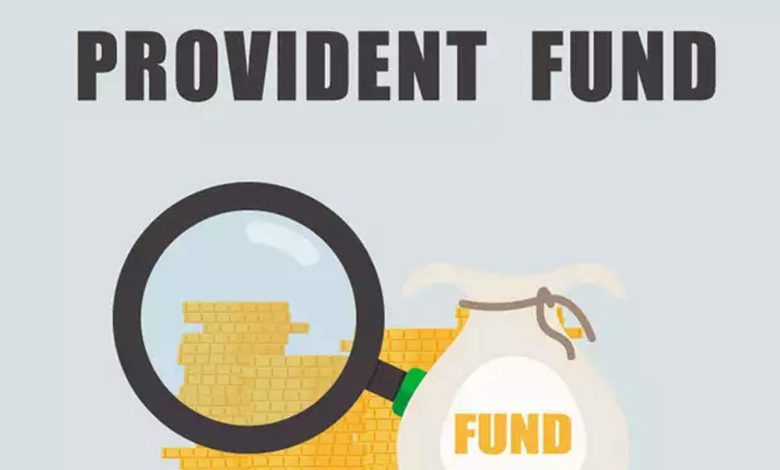Provident Fund Rules: 5 important Things You Should Know

Last Updated on March 7, 2024 by admin
There are several financial goals which most of us strive to achieve when deciding to invest in the best investment schemes. Among the three aims we have in mind are to create wealth, secure the future as a family, and generate a regular income when we retire.
In addition to buying different financial products and investment plans to achieve these goals, product such as the PF scheme or best fixed deposit in India allows us to achieve these goals in one place. In the majority of cases, not only do we know about it, but we also invest in it because it is a part of our income.
Listed below are five important things you need to know about the provident fund (PF) in India
Contribution made by Employee and Employer
Employees must contribute a certain amount of their salary towards a PF scheme. Your employer will match your contribution in an equal amount. In addition to the combined amount, the Provident Fund Organisation (PFO) receives the transfer of these funds.
The amount you deposit in PF continues to accumulate interest every year. According to the law, PF deductions are 12% of your basic salary. There is an equal matching of the employee’s contribution by the employer. The total is 12%, so that’s another 12%. Therefore, the PF scheme receives 24% of your basic salary.
Universal Account Number (UAN)
The Provident Fund Organization assigns each employee a unique 12-digit number for reference. This number is a permanent number, which does not change with employment, and serves as an umbrella for all of the IDs provided to him by the various organizations where he has worked. The PFO website generates a new employee’s UAN, which needs to be activated by the employee by submitting the necessary KYC documentation to the employer.
Employees with a UAN who have changed jobs must give their UAN to their new employer to link their new member ID to their UAN and transfer their existing balance. With the UAN, the management and operation of the PF account have been made a lot easier. In addition, it is important to note that the requirement to link Aadhar with UAN and update other KYC details has brought greater transparency to the process.
Withdrawal on Retirement or Resignation
The Provident Fund corpus can be withdrawn tax-free, including employer contributions, employee contributions, and interest accrued. Additionally, if he has completed ten years of service, he will be eligible to receive a pension under the Employee Provident Plan. Form 19 can be used along with the UAN and KYC documents to claim a withdrawal online, and for obtaining the pension certificate, Form 10D can be used.
There is also the option of submitting a physical application to a regional PF office if the UAN is unavailable. If someone chooses to become self-employed or not get a formal job after leaving the job and stops contributing to the Provident Fund in that case, the balance will continue to earn interest until 58 years of age.
Withdrawal during job tenure
A term such as ‘advances’ refers to early withdrawals from PF during a job tenure. According to Provident Fund rules, employees can apply for these advances for buying, building, renovating, educating or seeking medical treatment, repaying a home loan, etc.
In addition, an employee can take particular advance for buying a house. In addition, the PF has given employees the possibility of withdrawing 90% of the value of their Provident Fund for the down payment when buying a new home. Provident Fund accounts are also available to make payments for paying EMIs.
Nomination
The nomination process is essential to provident funds and any investment you make. If the account holder dies, a nominee is the person who will receive the corpus in their place. By the rules of PF, employees can nominate a family member – dependent parents, spouse, or children – to a Provident Fund account using Form 2. It is also possible to declare the nominee online. When no family exists at the time of nomination, an employee can nominate any person.
This nomination, however, would be considered invalid if the candidate had acquired a family at some point. Premarital nominations are also cancelled, and the employee must file a fresh nomination. When no nomination is submitted, the proceeds of the corpus are paid in equal proportion to the family members, except for significant sons and married daughters.
Apart from this if you are interested to know more about How Do I Pick a Contemporary TV Stand then visit our Home improvement category.




